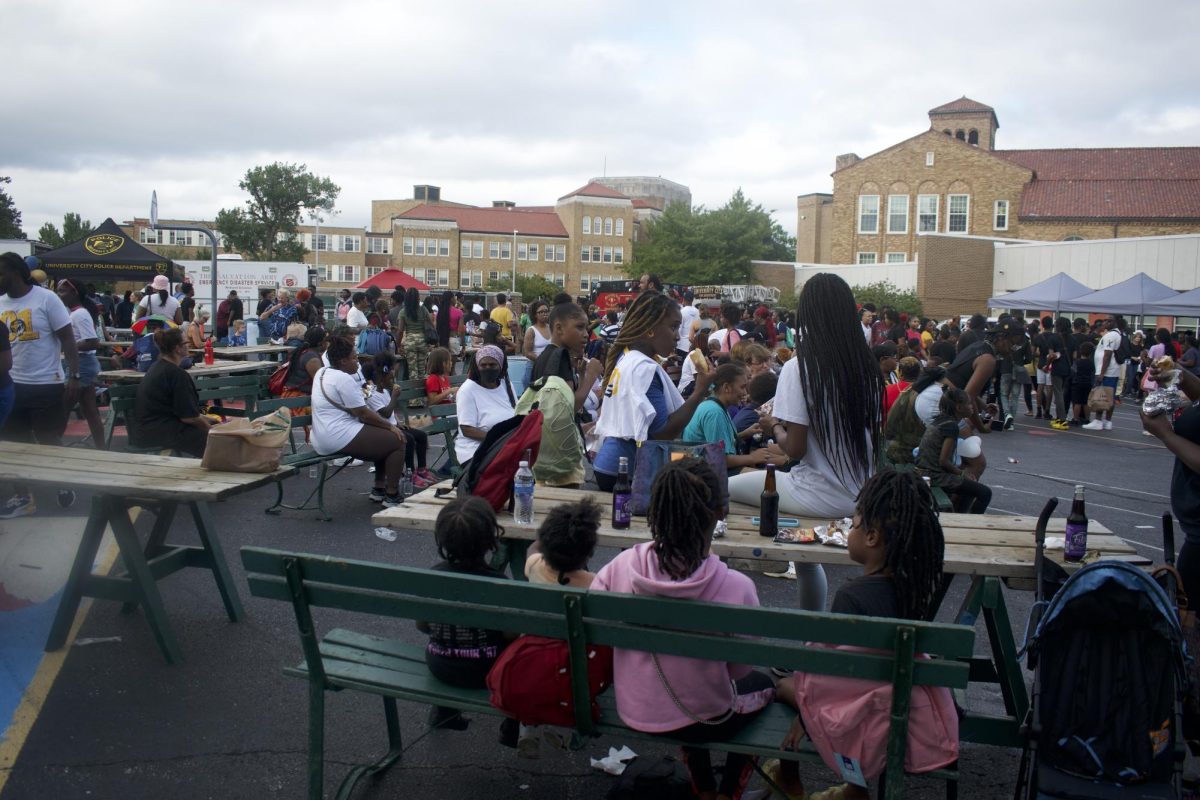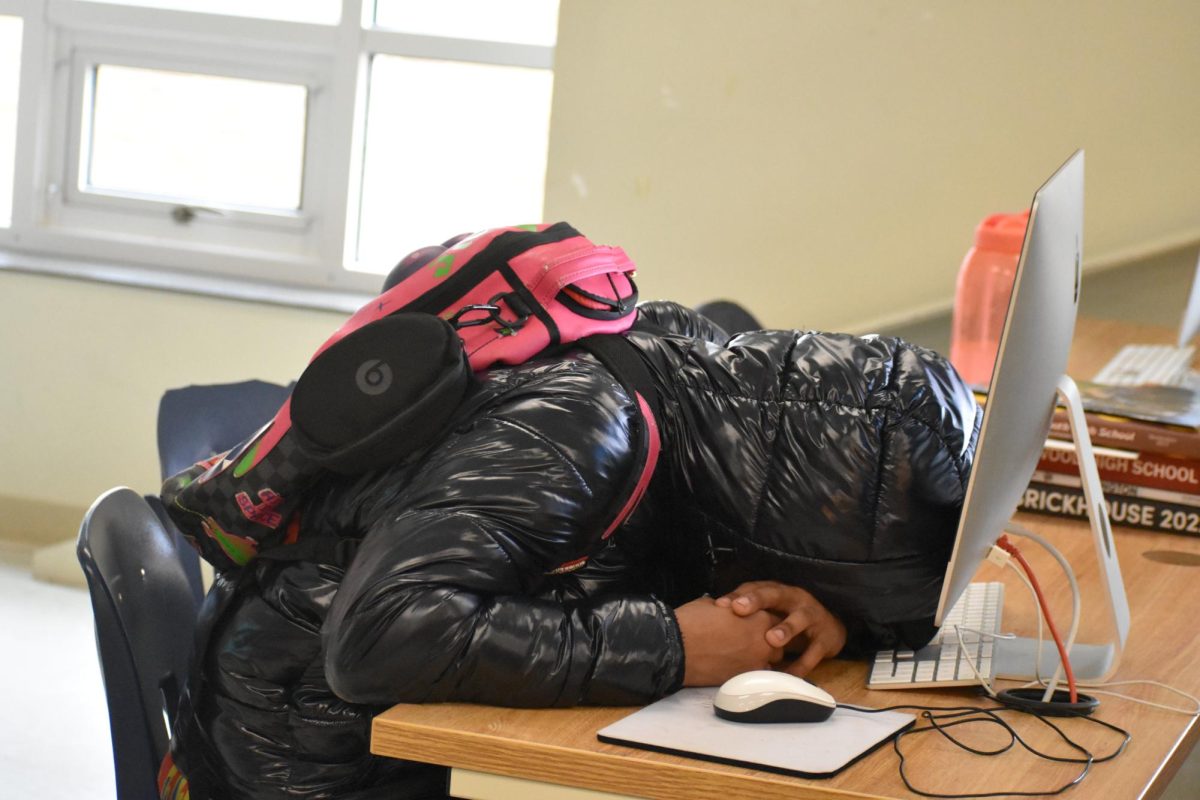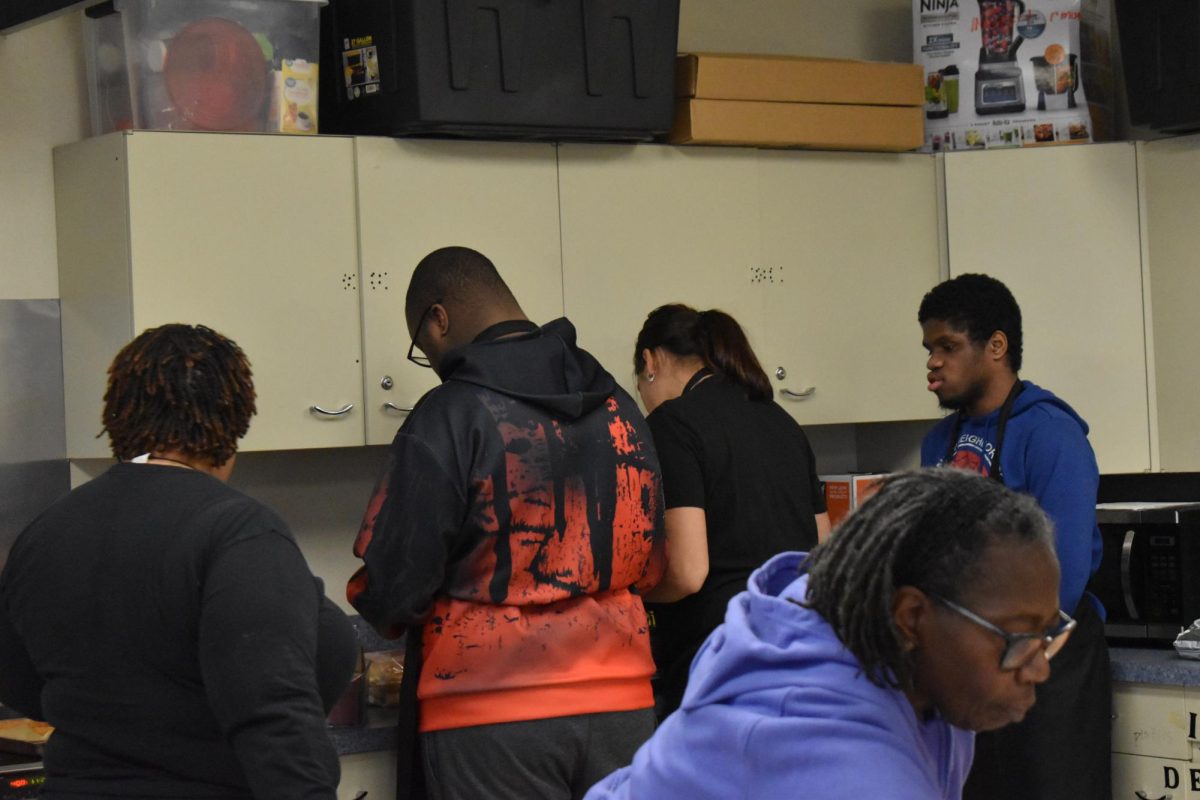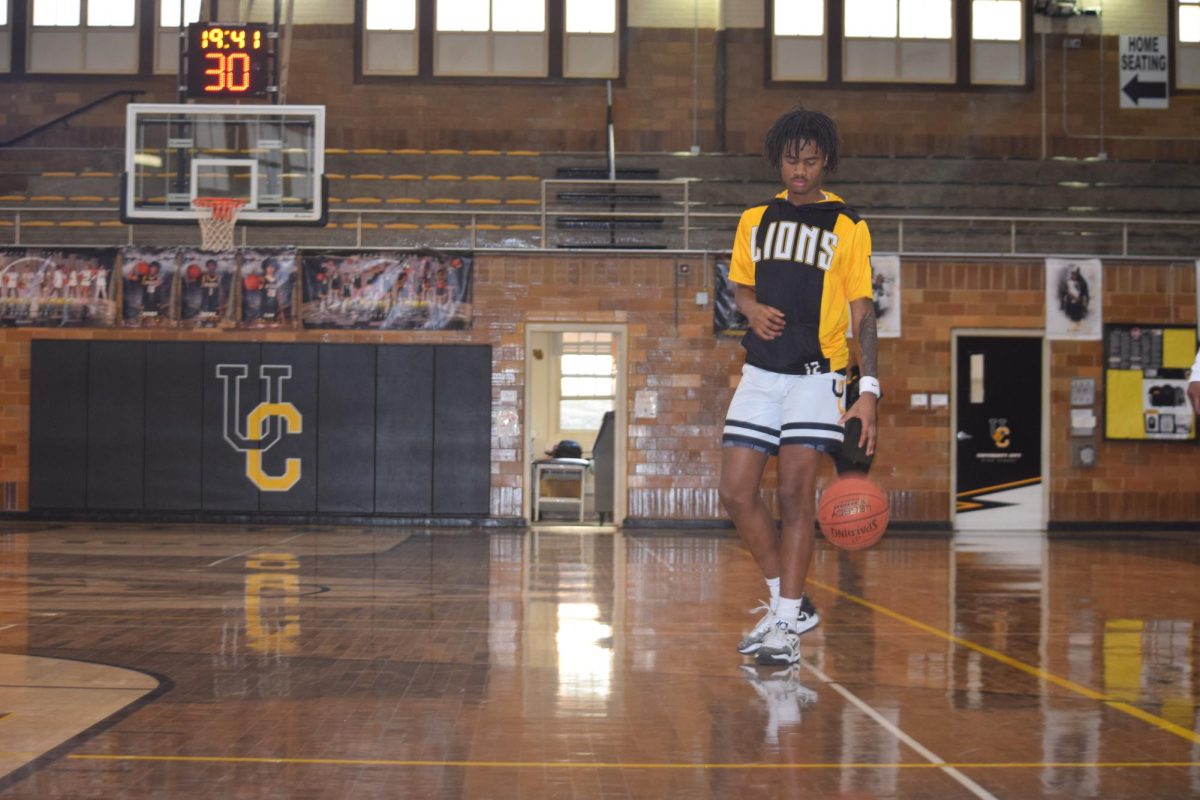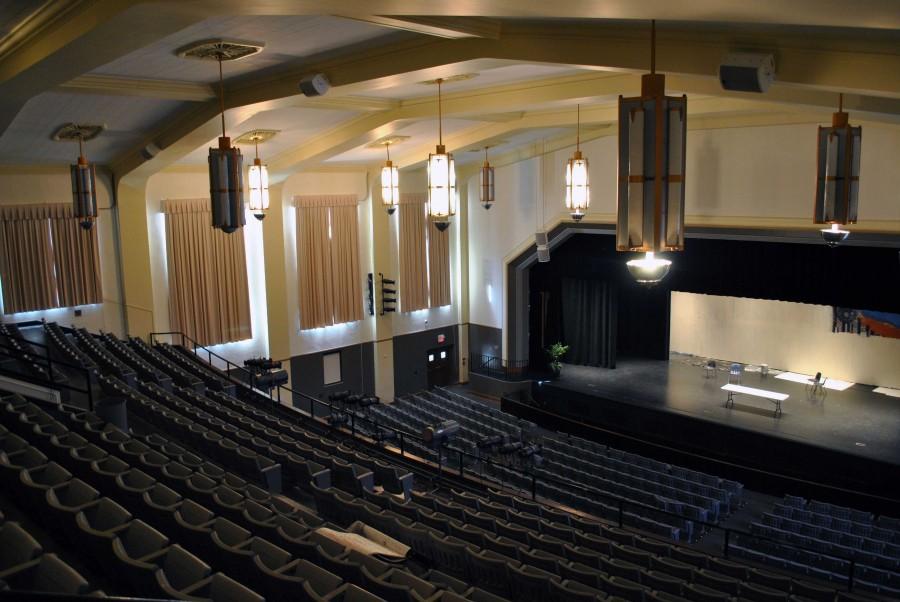The signs are everywhere. Scorch marks on the back wall from the fire of 2001. Discarded spotlights from the 1930’s in the attic. Thousands of signatures from countless musicals painted backstage and in the catacombs. Less obvious, though, is the impact that the Charles Banks auditorium has had on U. City students over the years.
Helen Tellez, a U. City graduate of 1967, remembers the auditorium fondly.
“All the world may be a stage, but to me the U. City stage was the whole world,” Tellez said. “It was home.”
Tellez performed in musicals such as “Camelot” and “The Music Man” while she was in high school and would sit in the auditorium after school and sing while waiting for her ride home. These experiences, she says, inspired her to major in music education when she attended Indiana University for college.
“It has been my honor over the years to help other kids on other stages experience the joys and challenges I did in the U. City auditorium,” Tellez said.
The auditorium was much the same in Tellez’s time as it was when it was built in 1936, with its Art Deco lights, red velvet curtain, and expensive oak stage. In 2001, however, a massive fire changed all of this.
Mr. Blumenhorst, principal at the Lieberman Learning Center, was assistant principal of the high school at the time. After evacuating the building, he and an FA ran to the auditorium.
“I came to the side entrance, and I looked through the window, and there were flames from the floor to the ceiling,” Blumenhorst said. “I said, ‘oh no, I’m not going in there’, and I ran out.”
The fire was set by two students hoping to get school cancelled.
“Obviously they got in a lot of trouble,” Blumenhorst said. “I don’t know if they were expelled, but I know one went to prison.”
The ceiling, equipment, stage, seats, and curtains were destroyed, but the structure of the auditorium, including the tunnels and rooms underneath the stage known as ‘the catacombs’ are the same. The stage remains one of the largest in the St. Louis area.
There is also a story of a suicide in the rafters of the auditorium attic, but according to Sue Rehkopf, archivist for the Historical Society of University City, this is just a myth.
“The story about a suicide in the auditorium is just that — a story that surfaces every once in a while,” Rekhopf said. “A student did take her own life many years ago, but at home, not at school. It was very sad.”
But despite the notable events and the unique structure of the auditorium, theater students agree that the most important thing is the experiences that students have gained from it.
“It’s not the auditorium itself that is all that special, although it is one of the biggest auditoriums in the city,” said Henry Braeske, senior. “It’s what has happened in it. Generations upon generations have performed shows and written their names on the walls.”
Raven Bullard, sophomore, agrees.
“Everything feels more important,” said Bullard. “Whether I’m dancing or singing or acting, it’s like there’s this extra energy that makes me perform better.”



